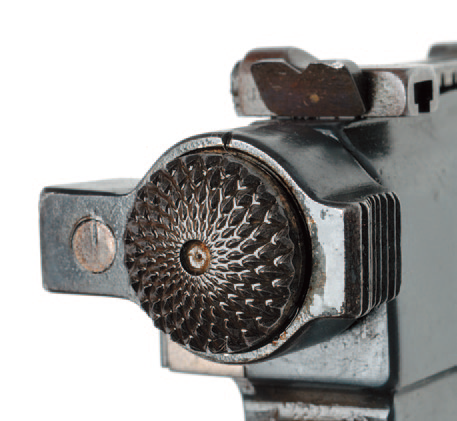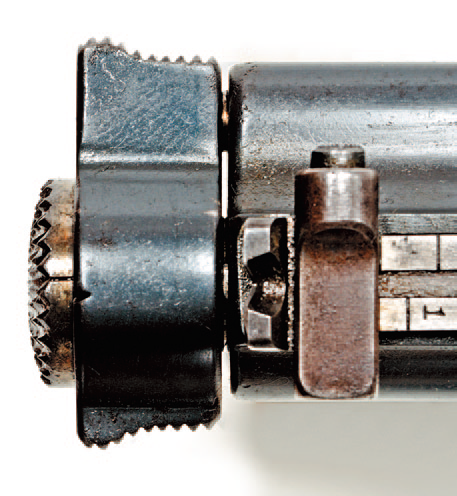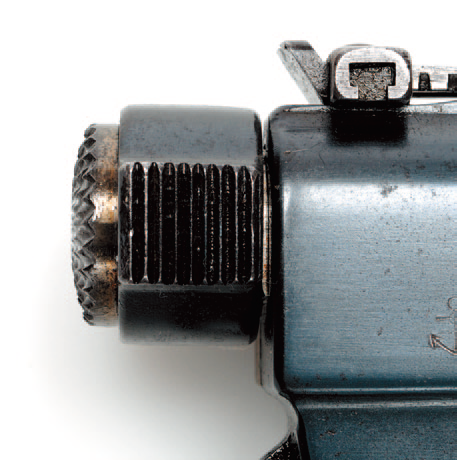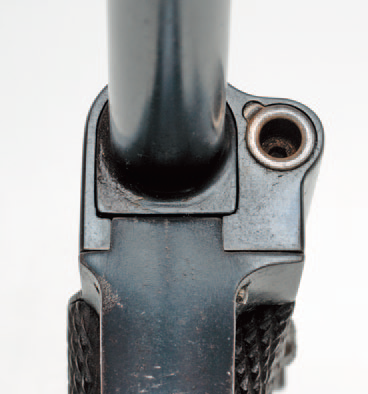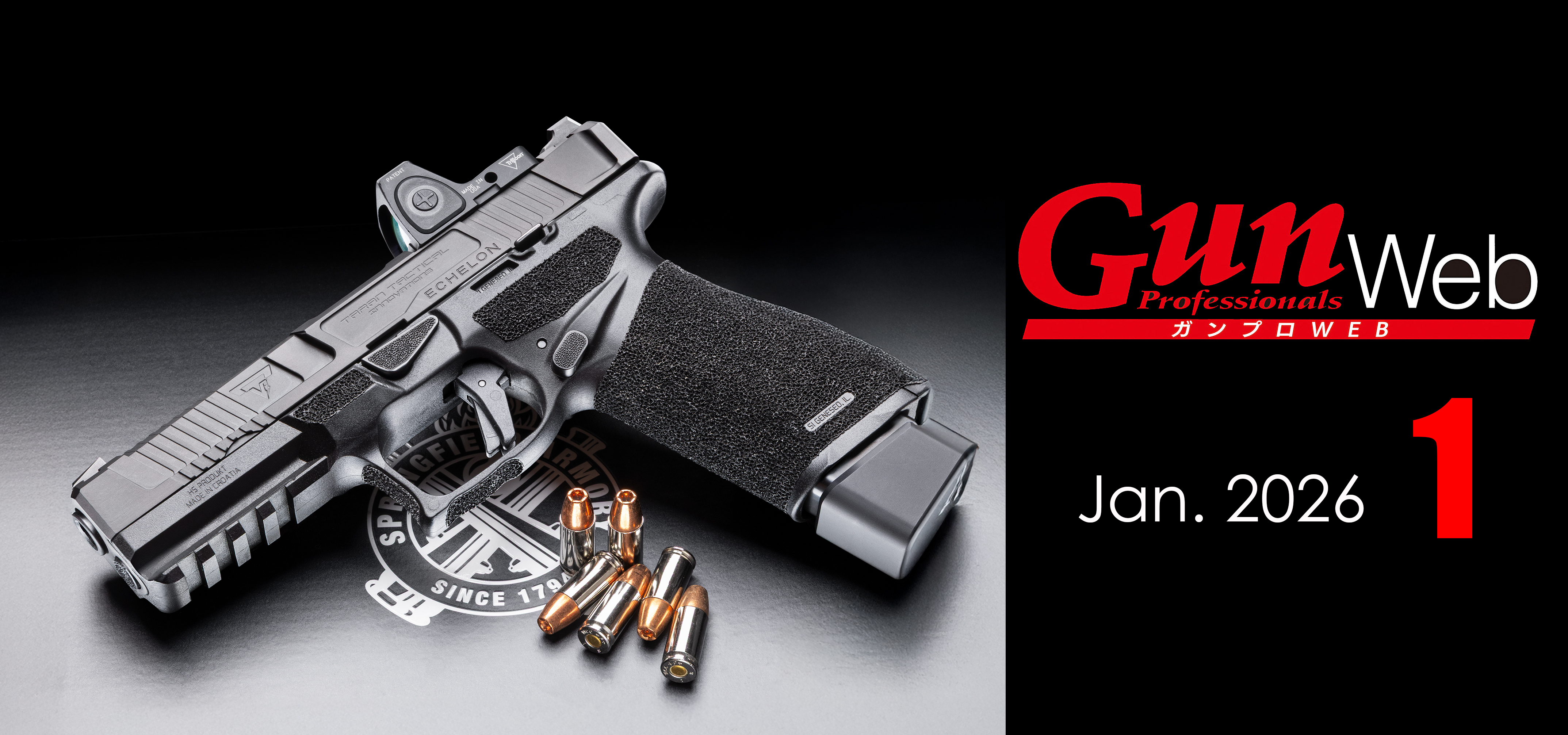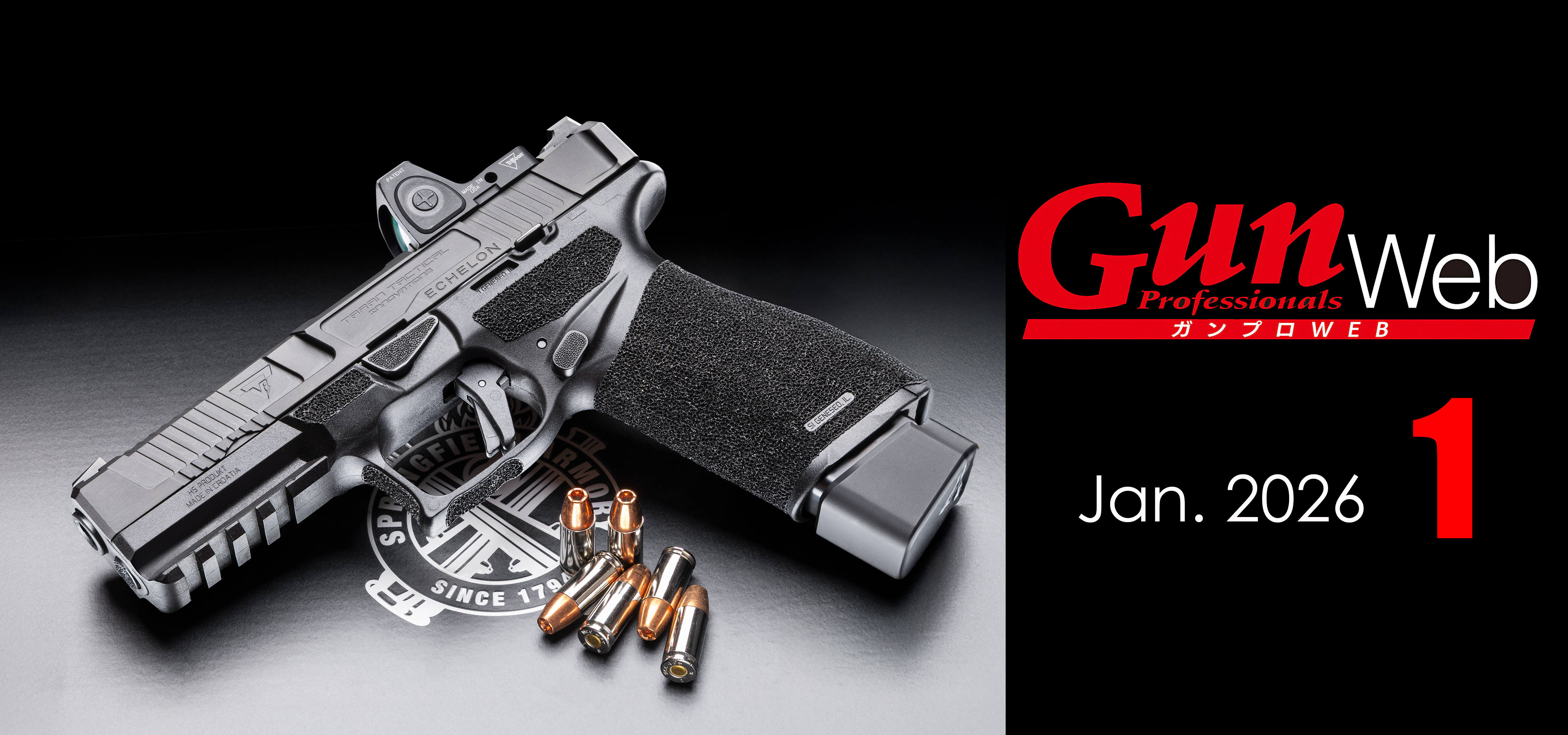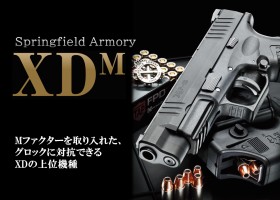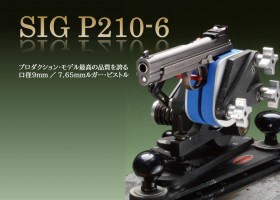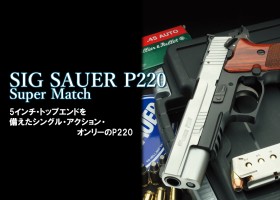2025/02/23
The Nambu Automatic Pistol: A Look at Japan's First Homegrown Semi-Auto(南部式自動拳銃大型 甲/乙 英訳版)
Kijiro Nambu, developer of the Nambu-style automatic pistol
The Nambu pistol, a weapon whose true story is difficult to uncover due to the loss of official records in the Great Kanto Earthquake and World War II, is not the only enigma surrounding the name Nambu. Kijiro Nambu himself remains an equally shadowy figure.
The sole book about him is a memoir he penned, published after his death by his son. This work, titled 'The Life of a Weapons Inventor', is less a formal recollection intended for an audience and more akin to personal notes. Within its pages, Nambu's groundbreaking work in firearm development is only briefly touched upon.
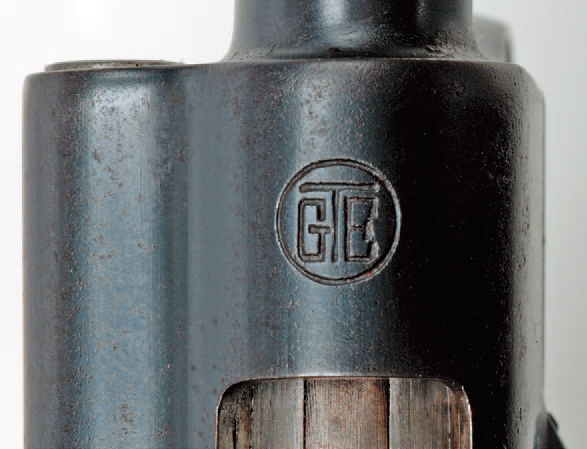
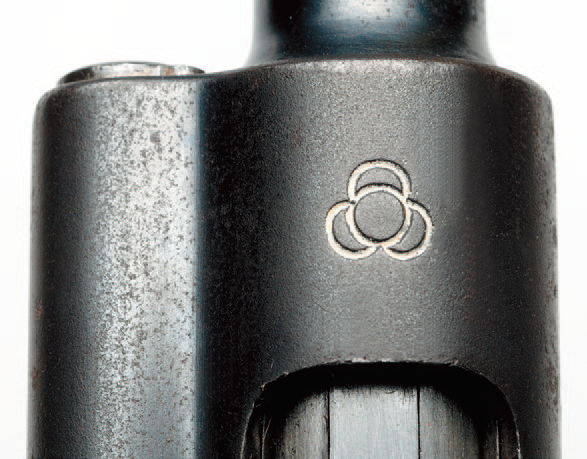
Murata (Tsuneyoshi), Arisaka (Nariakira), and Nambu – these three figures played pivotal roles in the development and modernization of Japan's military arsenal, particularly small arms.
Yet, rather frustratingly for researchers, all three passed away without leaving behind detailed records, books, or accounts of their firearms development.
Before World War II, publication was likely hampered by the need to maintain military secrecy. After the war, the chaotic period that followed meant there was little public interest in firearms, and thus, few opportunities for publication.
Furthermore, it's almost certain that the defeat in World War II led some to refrain from publishing, adhering to the adage, 'A defeated general should not speak of war.'
From the few available sources, I've tried to learn about Kijiro Nambu and the small arms he developed.
Kijiro Nambu was born in 1869 in the Nabeshima domain (present-day Saga Prefecture). His father, Haruyoshi Nambu, was a member of the samurai class and an artillery expert.
Losing his mother at a young age, Kijiro, like many samurai families during the turbulent period after the Restoration, faced numerous hardships. He graduated from Saga Middle School and went on to attend the Military Academy.
Coincidentally, my ancestry traces back four generations to a samurai family in Saga Prefecture. However, unlike Nambu, my ancestors were not artillery experts but spear instructors for the Nabeshima clan.
During the late Edo period, the Nabeshima domain, along with Kagoshima, was one of the first domains in Kyushu to begin manufacturing Western-style rifles.
Nambu was assigned to the artillery branch of the Japanese Army, possibly due to his family's background in artillery.
After serving as an artillery officer, his exceptional understanding of machinery was recognized, and in 1897, he was transferred to the rifle manufacturing department of the Tokyo Army Arsenal. The head of the rifle manufacturing department at that time was Nariakira Arisaka, the man responsible for developing the Type 30 rifle.
The Tokyo Army Arsenal at that time was a vast complex stretching from the present-day Suidobashi Station to near Iidabashi Station, encompassing the area where the Bunkyo Ward Office and the Central University Faculty of Engineering are now located.
Again, quite coincidentally, I was also born and spent my early years in an area less than a five-minute walk from the former site of the Tokyo Army Arsenal, before leaving for Europe.
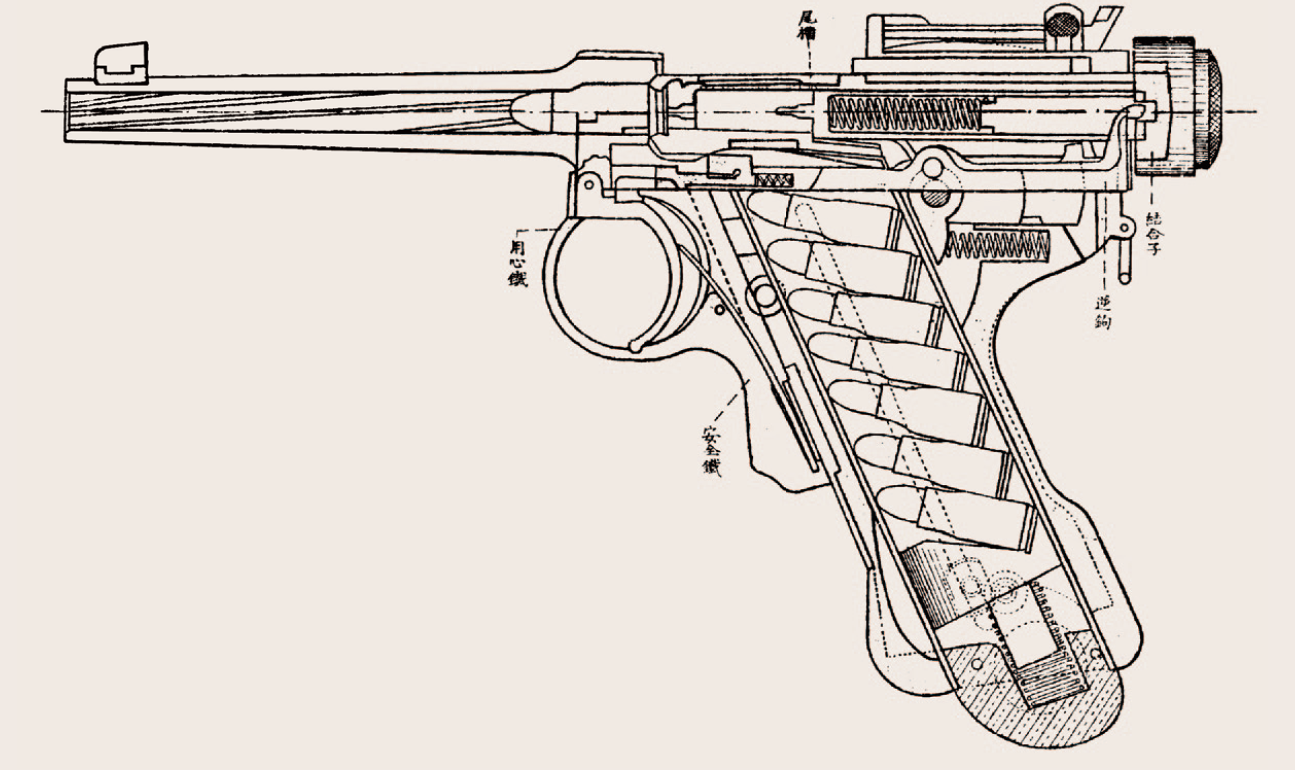
Kijiro Nambu was assigned to the Tokyo Arsenal's rifle manufacturing plant, which was located on the grounds of what is now a sports field near Iidabashi Station.
Within a few years of his assignment, his talent as a weapons developer was recognized. In 1902, he was tasked with developing a new standard rifle for the Japanese Navy, and he successfully completed the Type 35 rifle, which was an improvement on the existing Type 30 rifle.
During this same period, Nambu also conducted research and development on his own design for an automatic pistol.
As mentioned earlier, the Nambu automatic pistol was completed between 1902 and 1903.
During the improvement and development of the Type 35 rifle, Nambu meticulously examined the Type 30 rifle, which was based on the Mauser rifle. He concluded that this rifle, with its many small component parts, was prone to breakage and malfunction. He then embarked on a radical redesign.
His primary focus was the bolt, the part of the rifle that corresponds to the breechblock.
His goal was to reduce the number of component parts in the bolt, simplify it, and increase its durability. He also aimed to prevent the risk of losing small parts when disassembling the rifle for cleaning or inspection.
The rifle that was developed and completed in this way, and officially adopted by the army in 1905, was the Type 38 rifle. The bolt of the Type 38 rifle consists of only six parts: the bolt body, firing pin, firing pin spring, manual safety, extractor, and extractor retaining ring.
Interestingly enough, there are some shared design features between the Nambu pistol and the Type 38 rifle. This is likely because Kijiro Nambu was developing both concurrently. Specifically, the design of the Nambu pistol’s bolt-end lock and the Type 38 rifle’s safety device are quite similar.
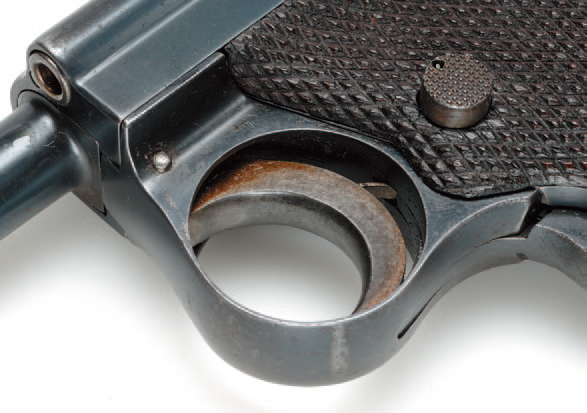
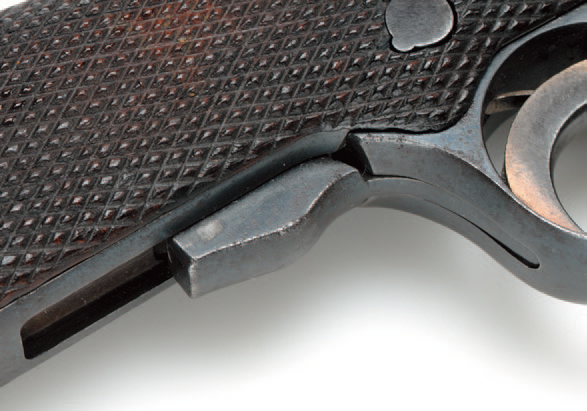
While developing the Type 38 rifle, and based on the Japanese military's struggles against the Russian army's Maxim machine guns during the Russo-Japanese War, Kijiro Nambu also worked on developing a domestic Japanese machine gun.
His initial effort was to produce a Japanese version of the Hotchkiss machine gun, which had been hastily imported from France during the Russo-Japanese War. Although some Hotchkiss machine guns were experimentally produced in Japan during the war, they did not function well, and domestic production was the primary goal at this time.
The domestically produced Hotchkiss machine gun was adopted by the army in 1905, the same year as the Type 38 rifle, as the Type 38 machine gun.
Using the Hotchkiss machine gun as a starting point, Kijiro Nambu began designing a unique Japanese machine gun. The result was the Type 3 machine gun, which was selected by the Japanese army in 1914. The Type 3 machine gun was a gas-operated weapon that incorporated a tilting lock mechanism similar to the Hotchkiss machine gun.
Later, the Type 3 machine gun was modified to use 7.7 mm ammunition, allowing it to use a wider variety of special rounds. It was then redesignated as the Type 92 machine gun, and eventually became the Type 1 machine gun.

During World War I (1914-1918), with the emergence of light machine guns that could be fired while advancing with infantry, Kijiro Nambu began development in this area.
The light machine gun he developed was adopted by the army in 1922 as the Type 11 light machine gun.
The Type 11 light machine gun featured a unique feeding mechanism that used the same 5-round stripper clips for rifle ammunition, loading them directly into the magazine. This was developed out of Nambu's desire to simplify ammunition supply within a limited military budget. However, the complex design proved unreliable and prone to malfunctions and feeding issues, making it unpopular.
Although Kijiro Nambu was confident in his memoirs about the invention of this feeding mechanism, it seems he couldn't ignore the criticism. In the Type 96 light machine gun, which he later worked on, he adopted a more conventional box magazine feed system.
The Nambu pistol, being a first-generation semi-automatic pistol, had several shortcomings. The biggest problem was its complex and time-consuming manufacturing process.
While improvements were made to simplify production, truly mass production would have required not just improvements but a fundamental redesign for simplification.
So, a simplified pistol was designed, retaining the basic locking and operating system of the Nambu pistol. By this time, Kijiro Nambu had become a general, and he was not involved in its development or improvement.
Perhaps for this reason, his memoirs only briefly mention the Type 14 pistol, stating that this simplified model of the Nambu pistol was officially adopted by the army in 1925.
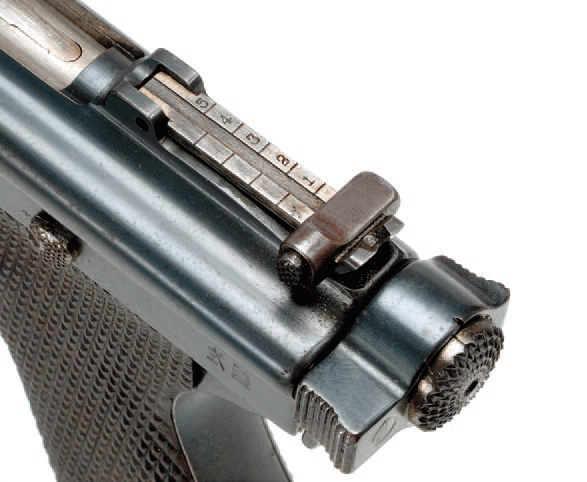
His talent was widely recognized through his involvement in various improvements, and he was appointed director of the Tokyo Arsenal in 1922, after serving as head of the rifle manufacturing department. He thus became the highest-ranking official at the Tokyo Arsenal.
In 1925, Kijiro Nambu retired from active service with the rank of lieutenant general.
After his retirement, based on his impressions from several trips to Europe and following the model of government arsenals backed by private arms manufacturers, he established his own company, the Nambu Arms Manufacturing Company.
The Nambu Arms Manufacturing Company began by producing air guns, rifles, and machine guns for school training. It eventually expanded and changed its name to Chuo Kogyo (Central Industries), becoming an arms manufacturer that received orders from the army to produce machine guns and develop new designs.
During the Chuo Kogyo era, Kijiro Nambu and his team of engineers developed a small pistol for aviators, transport troops, and officers at the request of the army. This pistol was selected by the army in 1934 and became the Type 94 pistol.
Two years later, in 1936, a light machine gun designed by Chuo Kogyo was adopted by the army as the Type 96 light machine gun after winning a competition against designs from Hitachi (formerly Tokyo Gas Electric Company, arms division), Japan Special Steel, and others.
During the Chuo Kogyo era, Kijiro Nambu and his team of engineers also designed a semi-automatic rifle and participated in the military's competitive trials, but this project was eventually abandoned.
In addition, Kijiro Nambu and his team of engineers worked on developing submachine guns. After designing and producing several prototypes, they completed the Type 100 submachine gun, which had a simple design.

The Type 100 submachine gun, which was selected as a standard weapon of the Japanese Army in 1940, was not exactly a common weapon. Although it was used in operations by paratroopers in the early stages of World War II, it was not mass-produced or widely used during the war. Limited numbers were used again in the Kamikaze Special Attack Corps' airborne operations at the end of the war.
Looking at this, it's clear that most of the small arms used by the Japanese military during World War II were developed by Kijiro Nambu and the engineers who worked under his guidance.


